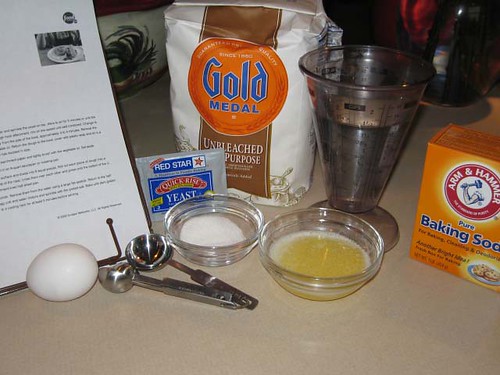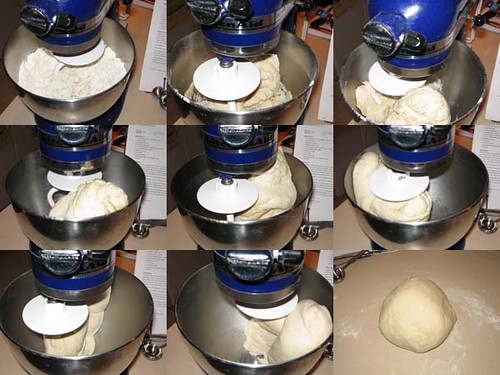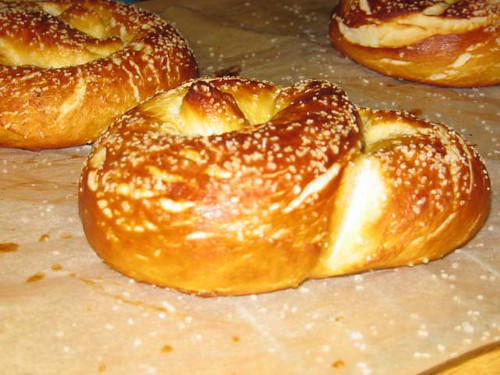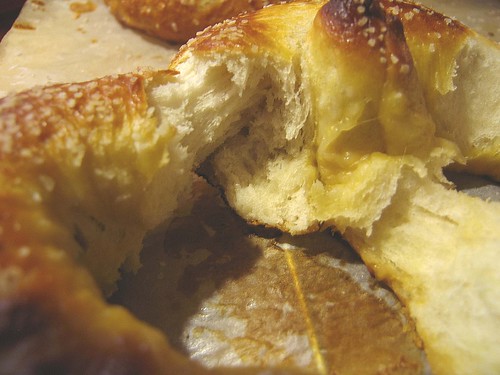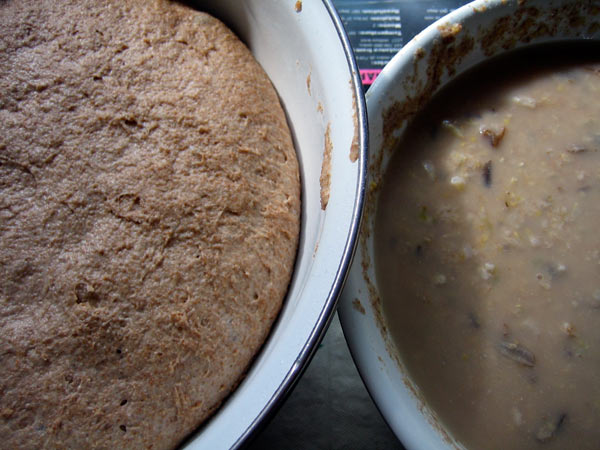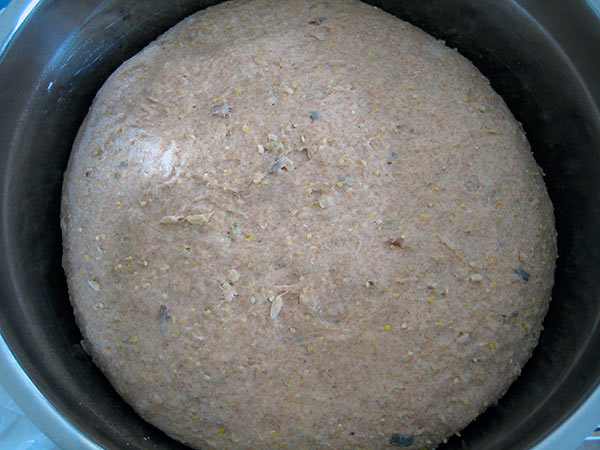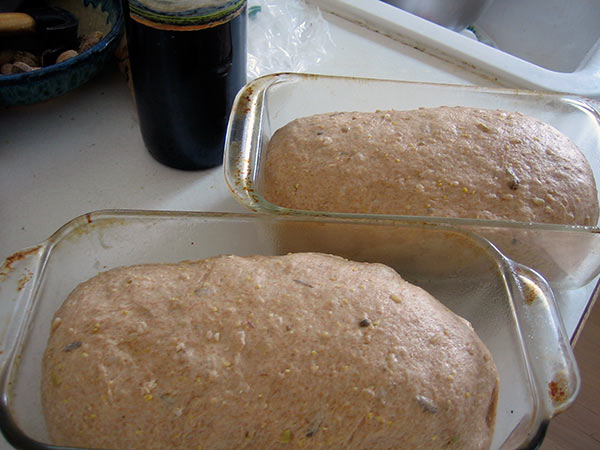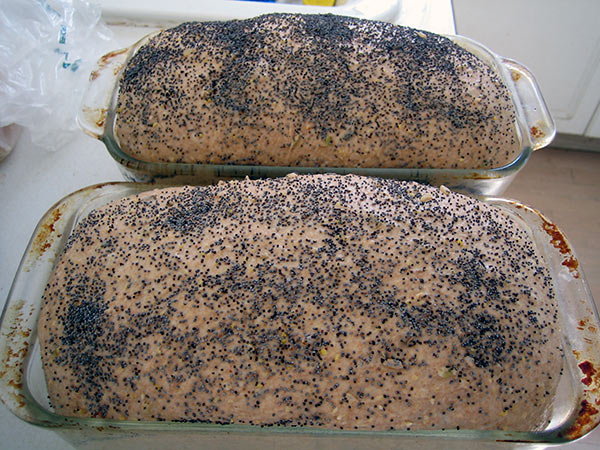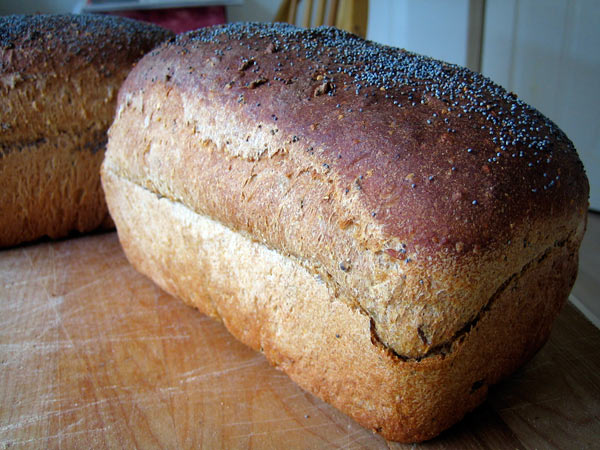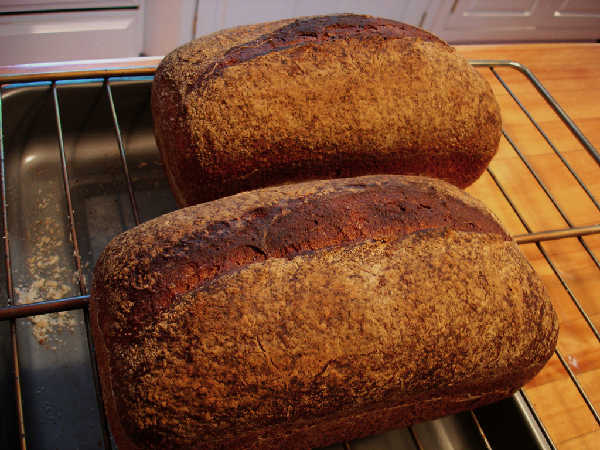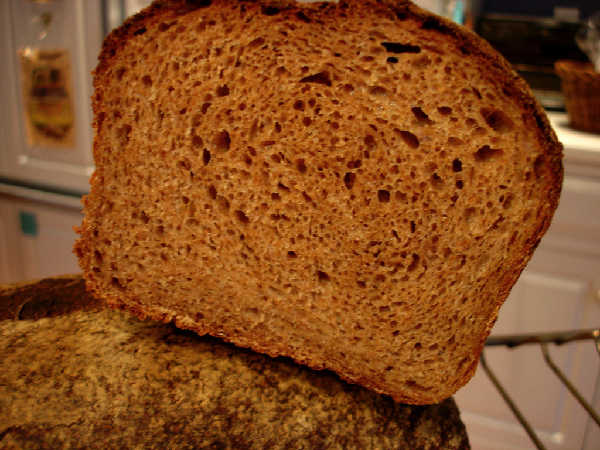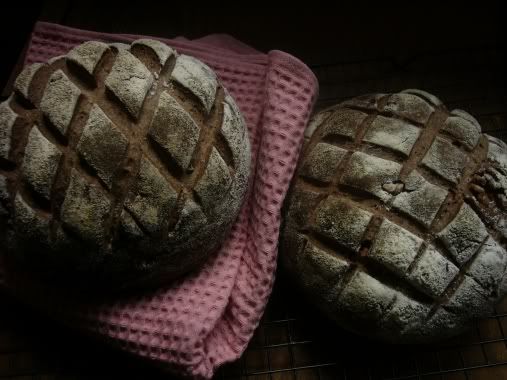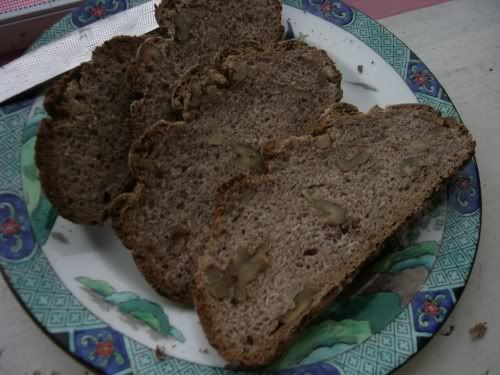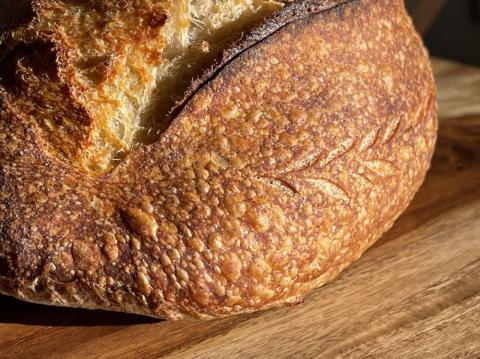First I'll quote comments from Mariana.
I prefer other flour based sourdough starters. But I love flourless sourdough starters. They are the greatest, really. As the topic starter mentioned, they are unbelievable as bread improvers, they improve both wheat and rye breads. Mine are true sourdough starters, with wild yeast, not just with LAB, prepared in at 32-33C, ready to bake with them in 2 days. This is how it looks like, flourless rye starter, this one was made from 20g of rye flour and a cup of water.

it is really all about temperature ranges. Otherwise nothing is different from FLAS method. You could easily use the same rye malt and keep it at 28C, instead of 43-45C and obtain a true sourdough starter in the end. It would have a healthy yeast community in it, because sourdough yeasts multiply best at 28-30C (whereas lactic acid bacteria prefer 32-50C range).
So, you could try this experiment, do exactly as you do for FLAS, but set it to 28C and you will have a true sourdough starter from scratch. DO NOT close the cover tightly. Cover with plastic wrap with a small hole in it.
Now, rye is famous for being low on yeast and high on LAB, so you would do better if you add a tsp of any wheat grain, whole wheat flour (soft or hard, durum, spelt, etc) to your rye malt solution, or even a spoon of raw wheat bran would do - as a source of while yeasts. You can also add wild yeasts the way YW people do - by adding a few chopped raisins, or fruit peels.
Another way to develop a sourdough starter is to add yeasts to your already existing lactic acid starter. If you like its flavor that is (because at 28-30C OTHER lactic acid bacteria would thrive in flourless starter even if made from the same rye malt and it will smell differently). I did it once with LAS based on white bread flour (again, a very pour source of yeasts and a rich source of LAB) and it worked just fine.
I added to my LAS a few squished grapes and a spoon of spelt flour and kept it at 28C for a few hours and la voila. It became a true sourdough starter with plenty of yeast in it.

It became boozy, gassy, like sparkling wine. Such intense yeast propagation can take up to 2 days at 28C/82F if there was really zero yeasts in your LAS.

You use flourless starters in the same way you use flour-based starters. There are two ways of making bread
- straight method (starter -> bread dough)
- sponge method (starter - > levain -> bread dough)
So, you use your flourless starter
either to prepare a flour-based starter as in the recipe (or even directly mix your bread dough using flourless starter as liquid or part of liquid)
or to prepare a levain with it and from there - bread dough.
Example of flourless starter based levain: a sourdough poolish, so to speak (100% hydration)
at peak (max volume, domed top surface)

mature (flat top surface)

When you get there, I will give you specific examples.
I will also describe another, ancient, method of preparing a flourless sourdough starter by using scalded flour later. It's very good.
But for now, Gary, experiment with the two methods described above. Either use FLAS method, starting from scratch, but at 28-32C (keep it for 12hrs at 32C, then for 12hrs at 28C, alternating during the three days of starter development), or add to your existing FLAS some wheat (or wheat bran) and some fruit peels and keep it at 28 to populate it with wild yeast. Remember to add some sugar or even molasses. Yeast needs sugar.
Have fun with it, Gary! Seeing how different sources of microbes and of their food in combination with temperature and hydration affect your outcomes is eye opening, but most importantly it is fun. I am more into bread than into sourdough starters, but I had to learn about them in a hard way, to troubleshoot or to at least make "normal" bread dough, and now I am glad that I did.
Afaik yeast water and FLAS combo should give you the same outcomes as FLAS with commercial yeast with one exception: the crumb might be a shade darker. Also, flas&yw combo will never have the same aromas as true sourdough, because in true sourdough yeasts and LAB live in symbiosis and produce three kinds of flavors: typical of yeasts, typical of LABs, and typical of yeasts in symbiosis with LABs. It's impossible to reproduce those aromas and tastes by blending CY or YW with LAS.
I used 50g of rye malt, 25g of whole wheat flour, 25g of raisins 700g of water, and 1.1g of vitamin C crystals. I set my controller to cycle between 28C and 32C at 12 hour intervals for 3 days. I fed it 1 tsp of sugar every 24 hours.
It smelled bousy and fruity. I had company so I couldn't bake with it right away but I did mix 93g of the liquid with 93g of WW flour to see what it would do. It tripled in 8 hours at 27C. I then refrigerated it for 5 days and finally got a chance to bake with it.
I baked with the 100% hydration flour/starter combo today and the loaf tastes great. I really like the complexity of the flavor.
Mariana had some further comments.
It obviously has yeast in it and can be used in sourdough baking, especially in rye breads with overnight warm preferments, but its value is even higher in yeasted breads.
Try feeding that flourless SD starter as well to propagate its microbial culture. Usually half a cup of the old starter is enough to make a quart of new starter.
If you like its flavor and do not want to alter it, you can use the same ingredients as in the initial batch, except for making water very warm, about 45C/115F. This is to encourage its SD bacteria, to make them multiply first.
To one quart of 115F water add rye malt, wwf or whole rye flour (or any other whole grain flour or flakes), chopped raisins, half a cup of previous starter (liquid or the sediment, the bottom portion)and keep it at 28C/82F for 3-4hrs or longer, until it feels slightly, but distinctly sour to taste and its temperature slowly drops from 115F down to 80-85F so that its yeasts may begin to multiply as well. Then add sugar and refrigerate for up to one month.
After 24hrs, use directly from the fridge, it does not need to be refreshed before using it.




